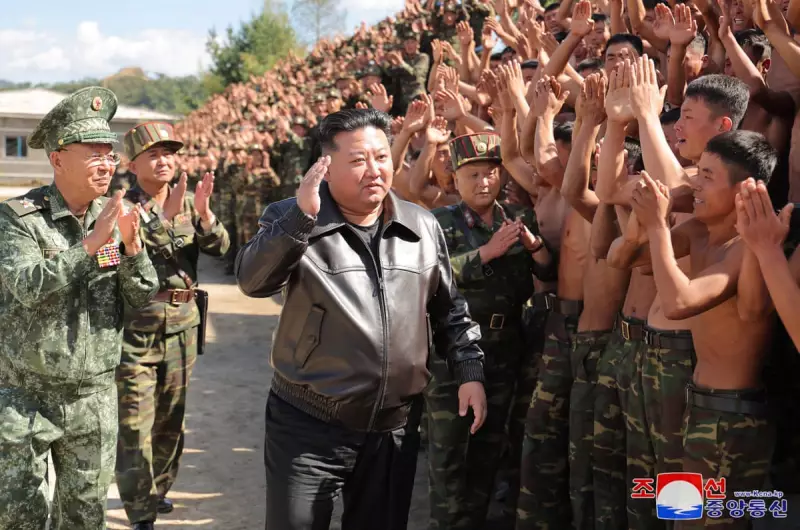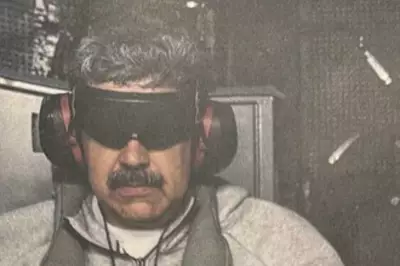
A sprawling, clandestine network of secret North Korean military installations has been uncovered by defence analysts, revealing a sophisticated and deeply alarming effort by Kim Jong-un's regime to conceal its strategic capabilities. Buried deep within the country's mountainous terrain, these covert sites are designed to evade satellite surveillance and international monitoring, posing a direct and significant challenge to global non-proliferation efforts.
The bombshell report, based on meticulous analysis of satellite imagery and intelligence data, paints a picture of a paranoid regime investing billions in building a resilient, hidden military infrastructure. This subterranean complex is believed to be integral to housing the regime's most dangerous assets, including ballistic missiles and potentially, nuclear warheads.
A Labyrinth Hidden from View
The genius—and menace—of these facilities lies in their design. Unlike well-known launch sites, which are relatively easy to monitor, these new bases are cunningly integrated into the natural landscape. Entrances are carved into mountainsides and meticulously camouflaged, making them virtually invisible from the air. This allows for the movement of personnel and equipment under a complete veil of secrecy.
This discovery fundamentally shifts our understanding of North Korea's military posture. It suggests a long-term strategy focused on survival and second-strike capability, ensuring that even under the most intense pressure, a significant part of its arsenal remains protected and operational.
Global Security Implications
The exposure of this secret network sends shockwaves through the international security community. It represents a formidable obstacle to accurate intelligence assessment and effective diplomatic engagement. How can negotiations proceed if the full extent of the threat remains hidden underground?
This development seriously complicates the already fraught geopolitical landscape in East Asia and beyond. It underscores the urgent need for allies to enhance their surveillance technologies and rethink their strategies for dealing with an increasingly insulated and unpredictable nuclear power.
The world is now forced to confront a stark new reality: the Hermit Kingdom's most dangerous secrets are buried deeper than anyone imagined.





